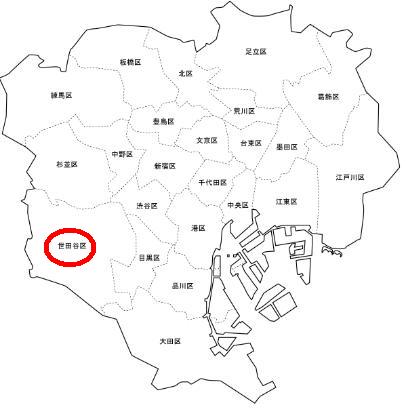Sightseeing spots in Edogawa Ward

Edogawa Ward is located in the east of the 23 wards of Tokyo, and its place name comes from the Edogawa River, which runs north-south through the eastern part of the ward.
At first, “Matsue-ward” was considered as the name of the ward, but the name of Matsue was not well known and some towns and villages opposed it, so the name was changed to “Edogawa-ward” after the Edogawa River that runs through the eastern edge of the ward.
Komatsuna (komatsuna) is known to have originated in Edogawa Ward, and is said to have originated when Shogun Yoshimune ate soup containing greens he had never seen before during a hawk hunt in Komatsugawa in present Edogawa Ward, and named it “komatsuna”.
Ichinoe Nanushiyashiki
2-21-20 Harue-cho, Edogawa-ku, Tokyo
Ichinoe Meishu Yashiki is the residence of the Tajima family, who have been the feudal lords of Ichinoe Shinden for generations. Although the main house has been reconstructed, the house structure with a forest and a moat around it conveys the appearance of the early Edo period when it was first built.
Part of the Ichinoe Meishu Yashiki grounds and buildings are open to the public, but advance application is required.
Zenyo-ji Temple, Yogo-no-Matsu
2-24-2 Higashikoiwa, Edogawa-ku, Tokyo
Kagefukinomia-no-Matsu is a pine tree over 600 years old and has the largest black pine tree in Japan with an area of about 900 square meters (2.72 square yards). It is the largest black pine tree in Japan.
The trunk of the pine tree has a circumference of 4 to 5 meters around its base, an average height of 3 meters, and 82 pillars to support the trunk. It was selected as one of the 100 best trees in Japan in 1990 and designated as a national natural monument in 2011.
Former Komatsugawa Archives (Former Edogawa Ward Office Archives)
In the park of Komatsugawa 3-chome, Edogawa-ku, Tokyo
The former Komatsugawa Archives was burned down in the Tokyo Air Raid of 1945. The archives, which still bears the scars of the war, will be passed on to future generations as a historical legacy. The former Komatsugawa Archives will continue to stand alongside the statue of peace that links the generations so that the horrors of war will never be repeated.
Monument to the poet Kitahara Hakushu
8-23-19 Kita-Koiwa, Edogawa-ku, Tokyo
The monument to the poem by Kitahara Hakushu stands at Hachiman Shrine in Kita Koiwa, where Hakushu spent his youth. The poem was written in the early summer of 1916, when Hakushu started a new life in a house of the Tomita family, a hay merchant, in Kita Koiwa.
He started a new life at a hay merchant’s house in Kitakoiwa. It is said that he named the house “Shien Sosha” (Purple Smoke House) after the purple smoke he saw when he was preparing dinner from the house. The house has been moved to Satomi Park in Ichikawa City, Chiba Prefecture, where it still retains the atmosphere of those days.






